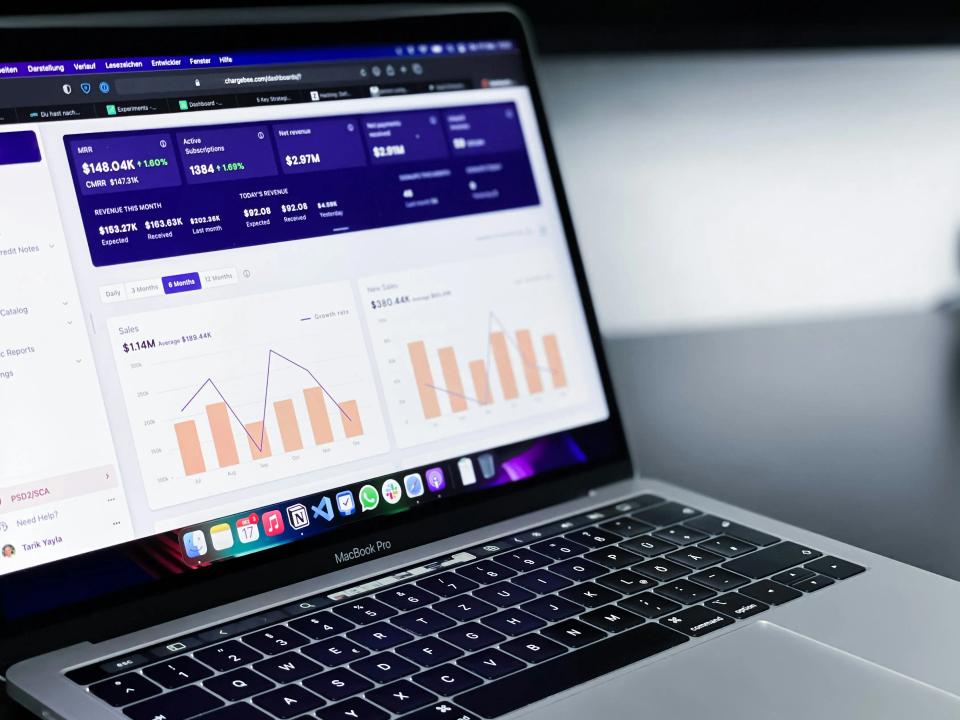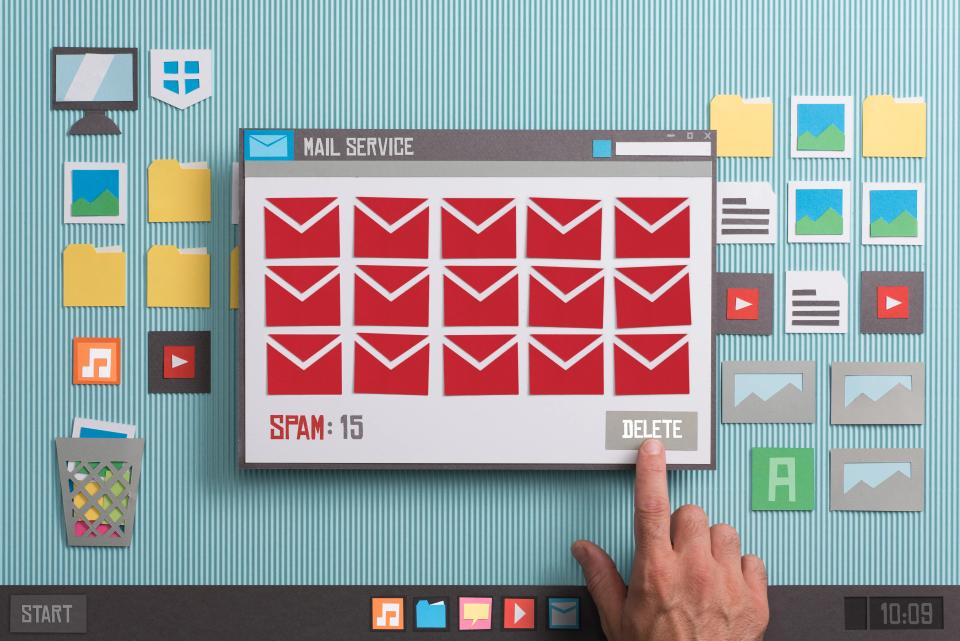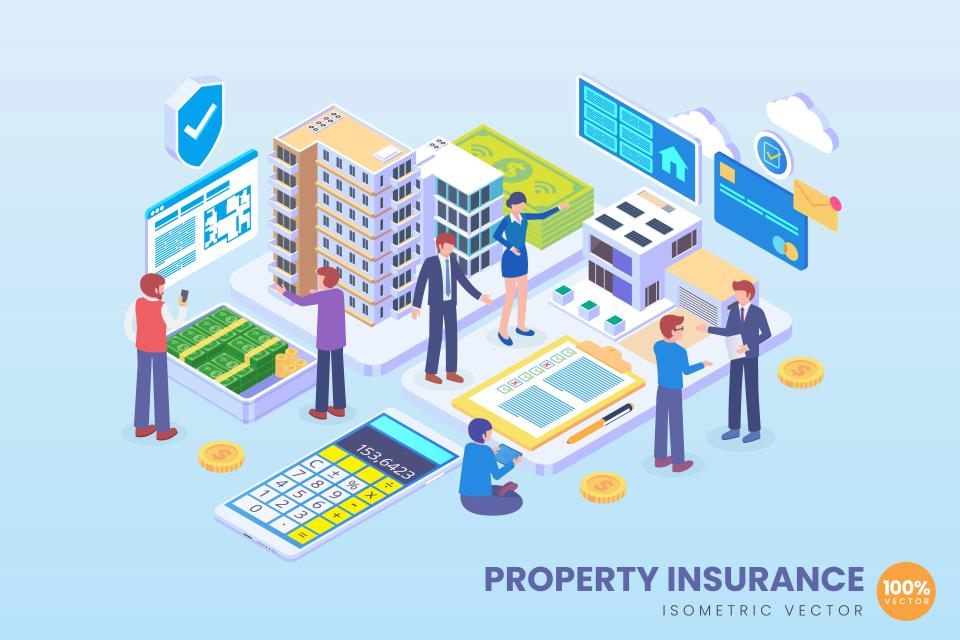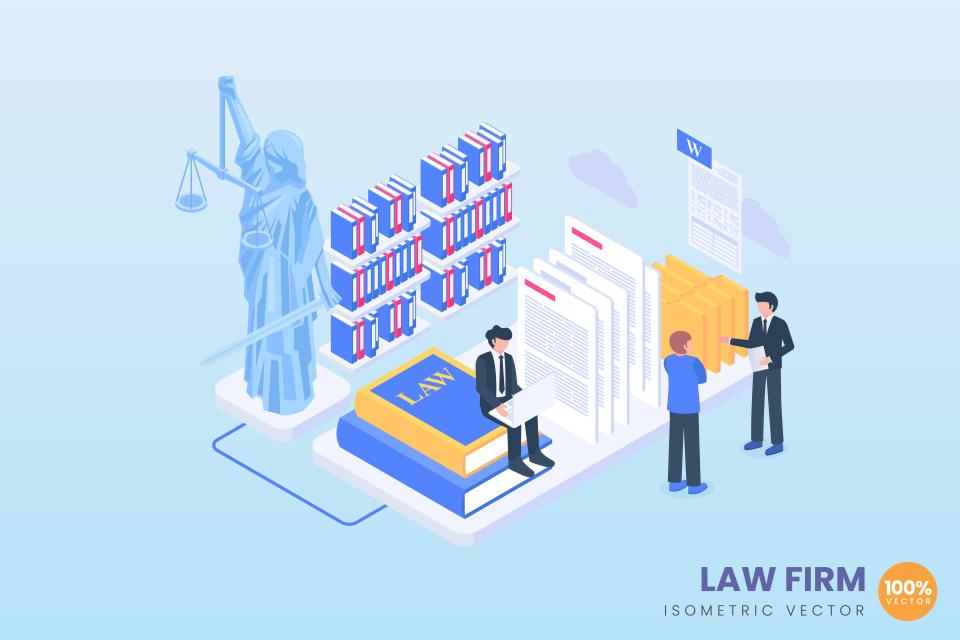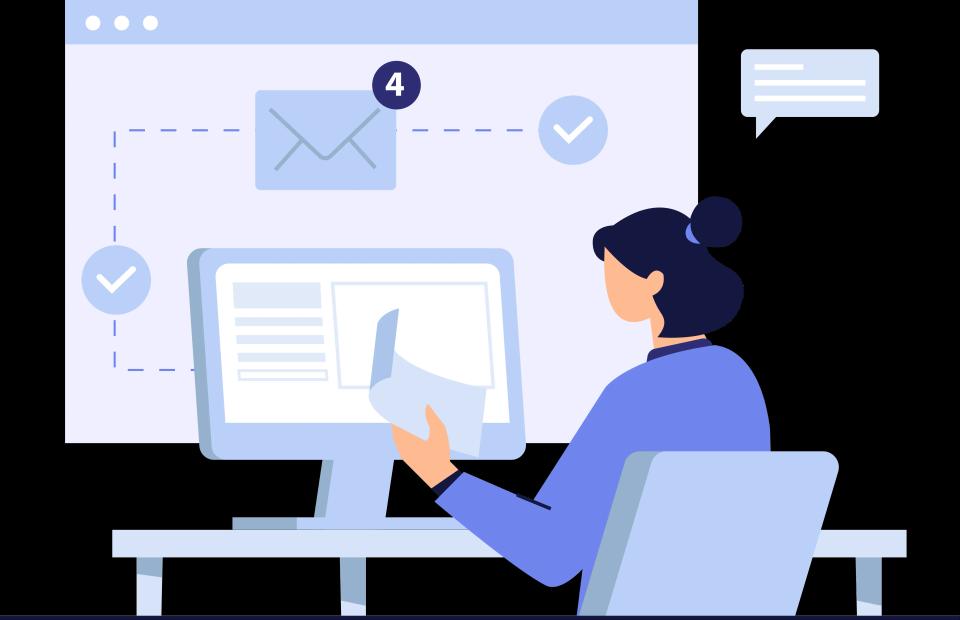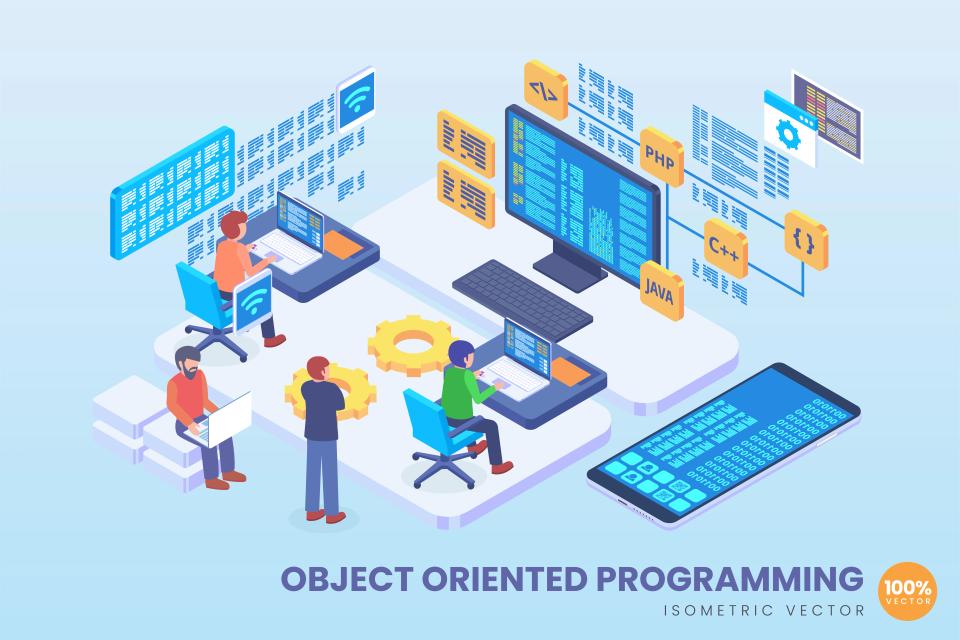Feeling the chill of unanswered emails? You pour resources into outreach, hoping to ignite growth in the demanding financial sector, but your messages vanish. It’s a familiar frustration. The truth is, cold email in finance is a high-stakes game, riddled with compliance traps and the constant need to earn trust from skeptical prospects.
But what if you could cut through that icy silence? Imagine possessing the keys to unlock genuine engagement, build unshakable credibility, and transform cold contacts into a steady stream of qualified financial leads. It’s not a fantasy. With the right strategies, you can make your emails not just seen, but welcomed. After all, the potential is staggering: "email marketing ROI can be as high as $36 for every $1 spent (Source: Litmus, 2023)." Let's explore how to make that a reality for your financial services.
Navigating the Treacherous Waters: The Financial Sector Landscape
Before you even think about hitting "send," you must understand the unique terrain of the financial industry. It's a world where precision, trust, and adherence to rules are not just valued—they're demanded. Ignoring this landscape is like sailing into a storm without a map.
The Compliance Gauntlet: Don't Get Caught Out
Think GDPR is just a European concern? Its core principles of data protection and consent resonate globally, especially in finance where sensitive information is the currency of trust. You must treat every piece of contact data with utmost care.
Beyond general data privacy, a labyrinth of financial services-specific regulations like MiFID II in Europe or the SEC's marketing rule in the US dictates every move. These aren't suggestions; they are strict mandates. Indeed, "regulatory compliance is a top concern for 70% of financial institutions (Source: Deloitte, The Future of Regulatory Compliance in Financial Services)."
Data protection, therefore, isn't merely a checkbox item; it's the very foundation of your firm's reputation. A single misstep can shatter client confidence, invite crippling fines, and tarnish your brand irreparably. Your outreach must be built on a bedrock of compliance.
Cracking the Code: Who Are You Really Talking To?
Forget generic, one-size-fits-all pitches. Your targets are astute, time-poor decision-makers: CFOs, VPs of Operations, Chief Compliance Officers. They crave efficiency, tangible results, and solutions that speak directly to their immense responsibilities.
What keeps them awake at night? The crushing weight of regulatory burdens, the unpredictable swings of market volatility, the relentless demand for demonstrable ROI, and the gnawing fear of technological obsolescence. In fact, "over 60% of financial executives cite risk management as a top priority (Source: PwC, Financial Services Technology 2020 and Beyond)."
These professionals expect—and deserve—communication that is impeccably professional, brutally concise, and laser-focused on clear, undeniable value. Wasting their precious time with vague promises is the quickest route to the delete folder and a permanently closed door.
Laying the Groundwork: Your Pre-Flight Checklist for Success
Jumping into a cold email campaign without meticulous preparation is like trying to build a skyscraper on quicksand. You need a solid foundation. This means getting your data, your infrastructure, and your strategy locked down before you reach out.
The Goldmine: Forging a List That Converts
Your email list isn't just a collection of addresses; it's the lifeblood of your campaign, your direct line to future clients. But is it clean? Is it accurate? Data verification isn't just good practice; it's absolutely non-negotiable to avoid damaging your sender reputation and wasting resources.
Stop the scattergun approach! Don't you dare blast the same generic message to everyone. Segment your list with surgical precision: by job role, by type of financial institution, by specific regulatory challenges they face, or even by their known technological infrastructure. The power of this cannot be overstated, as "segmented campaigns can drive a 760% increase in revenue (Source: Campaign Monitor, The Power of Email Segmentation)."
And what about compliance documentation? This is your armor. Keep meticulous, auditable records of data sources, consent (where applicable for cold outreach, focusing on legitimate interest), and your verification processes. This diligence is your shield against regulatory scrutiny and demonstrates your commitment to ethical outreach.
Fortifying Your Fortress: Bulletproof Email Infrastructure
Want your carefully crafted emails to actually land in the inbox, not the abyss of the spam folder? Your first line of defense is robust domain authentication. Implementing SPF, DKIM, and DMARC records tells email providers you're a legitimate sender, not a shadowy spammer.
Don't just flick a switch and unleash a deluge of thousands of emails on day one. That's a rookie mistake that screams "spam!" Warm up your email domain and IP address gradually, like an athlete meticulously preparing for a championship game. This methodical approach builds a positive sender reputation with ISPs.
Deliverability isn't a matter of luck; it's a science that demands constant vigilance. Monitor your sender score, keep a hawk's eye on bounce rates, and track engagement. Remember, "poor sender reputation can cause up to 77% of emails to be filtered as spam (Source: Validity, 2023 Email Deliverability Benchmark Report)," rendering your efforts useless.
The Art of Persuasion: Crafting Emails That Captivate and Convert
With your foundation secure, it's time to craft messages that don't just get opened, but get acted upon. This is where psychology meets strategy. You need to speak directly to the needs and desires of your financial sector audience.
The First Impression: Subject Lines That Demand to Be Opened
Your subject line is your digital handshake, your first—and often only—chance to make an impression. In the discerning financial world, it must convey immediate trust, clear relevance, and a hint of urgency, not overblown hype. Think: "Addressing [Specific Pain Point] for Financial Leaders" or "A Compliant Solution to [Industry Challenge]."
Keep your subject lines scrupulously compliance-friendly. Avoid misleading claims, exaggerated benefits, or overly aggressive, high-pressure language. Transparency and professionalism build credibility from the very first glance, signaling that you respect their intelligence and their regulatory environment.
What works? Try subject lines like: "Streamlining AML Processes for Regional Banks" or "A New Approach to MiFID II Reporting for Investment Managers." Remember, "personalized subject lines can increase open rates by 26% (Source: Experian, Email Market Study)," so even a touch of role or institution-specific language can make a huge difference.
The Core Message: Structuring for Impact and Clarity
Once they've opened your email, will they read it? Ditch the intimidating walls of dense text. Employ professional, easy-to-scan formatting: short, punchy sentences, clear (but brief) paragraphs, and generous white space to guide the eye.
Get straight to the damn point. Financial professionals are drowning in information; they don't have time for rambling introductions. Place your core value proposition front and center – how, specifically, do you solve their pressing financial sector problem or help them seize a critical opportunity? "Clear and concise emails see higher engagement, as busy professionals appreciate brevity (Source: Nielsen Norman Group, How Users Read on the Web)."
Subtly weave in social proof to amplify your credibility. A brief, verifiable mention of a successful project with a similar institution, a relevant industry accreditation, or a powerful testimonial snippet can significantly boost trust and make your claims more believable. This shows you're not just talking; you're delivering.
The Ask: Guiding Them to the Next Step, Safely
Your Call-to-Action (CTA) is the crucial moment of truth. It must be crystal clear, compelling, and, importantly, low-commitment. In the cautious financial sector, an aggressive "Book a Demo NOW!" can feel like a trap, instantly raising defenses.
Instead, opt for softer, compliance-safe CTAs that invite dialogue rather than demand a decision. Consider phrases like: "Interested in exploring how we helped [Similar Company Type] achieve [Specific, Quantifiable Result]?" or "Would a brief 15-minute call to discuss how this approach could benefit [Their Institution Type] be valuable next week?"
Always have a clear follow-up framework in mind. What's the next logical step if they click your CTA? What's your plan if they don't respond immediately? Planning your sequence ensures you maintain momentum and professionalism.
Beyond the Basics: Hyper-Personalization That Resonates
Generic is the enemy of engagement. To truly connect with sophisticated financial decision-makers, you need to go beyond surface-level personalization. You need to show them you understand their specific world, their unique pressures, and their urgent needs.
Speaking Their Language: Tailoring to the Financial Niche
Stop sending emails that could be for any industry! Your message must scream, "I understand your specific challenges in the financial sector." Address concrete pain points: navigating the complexities of new capital adequacy requirements, combating increasingly sophisticated financial crime, or optimizing legacy systems for digital transformation.
Focus relentlessly and unashamedly on ROI. Financial decision-makers are hardwired to think in terms of return, risk mitigation, and efficiency gains. Show them the numbers, illustrate the potential cost savings, highlight the risk reduction, or quantify the efficiency improvements your solution offers. Remember, "personalized emails deliver 6x higher transaction rates (Source: Experian, Email Market Study)."
Don't just talk about avoiding penalties; frame regulatory compliance as a strategic advantage. Highlight how your solution empowers them to meet and exceed compliance mandates, thereby enhancing their reputation, reducing operational friction, and even opening up new market opportunities.
The Sniper Approach: ABM for High-Value Targets
Why cast a wide, indiscriminate net when you can use a sniper's precision? Account-Based Marketing (ABM) allows you to concentrate your most potent efforts on a select group of high-value target institutions. Deep, meticulous company research is your essential ammunition for this targeted approach.
Identify the key players, the actual decision-makers, and the crucial influencers within those target organizations. Understand their individual roles, their specific responsibilities, their publicly stated objectives, and the unique pressures they face. This intelligence is gold. "Companies using ABM generate 200% more revenue for their marketing efforts (Source: HubSpot, The Ultimate Guide to Account-Based Marketing)."
Achieve personalization at scale by developing core message templates that address common challenges for specific roles (e.g., CFO, Head of Compliance) within your target account segments. Then, layer on individual, highly specific touches based on your research – a recent company announcement, a shared connection, or a relevant industry trend impacting their specific institution.
Sharpening the Saw: Relentless Testing for Peak Performance
Think you've nailed the perfect email? Think again. The landscape is always shifting, and what worked yesterday might fall flat tomorrow. Continuous testing and optimization are not optional; they are the hallmarks of a winning cold email strategy.
The Lab: Experimenting Your Way to Email Gold
Never, ever assume you know what works best without data to back it up. A/B test your subject lines with relentless curiosity. Even seemingly minor tweaks in wording, length, or the inclusion of personalization can yield significant lifts in open rates.
Don't stop at subject lines. Test different articulations of your value proposition, experiment with various calls to action (e.g., direct meeting request vs. resource download), and even play with the length and tone of your email body. What truly resonates with busy financial professionals? Let the data decide.
And what about timing? This is a crucial, often overlooked variable. Test sending your emails on different days of the week and at various times of the day. While "mid-week and mid-day tend to see higher engagement, test for your specific audience (Source: CoSchedule, Best Time to Send Email)" to find your unique sweet spot.
The Scoreboard: Tracking What Truly Matters
Forget vanity metrics like mere open rates if they don't translate to real business. For the demanding financial sector, focus on the Key Performance Indicators (KPIs) that directly impact your bottom line: qualified lead rate, meeting booking rate, proposal requests, and ultimately, client acquisition cost and lifetime value.
Implement robust, end-to-end tracking. Use UTM parameters diligently, ensure seamless CRM integration, and meticulously follow the prospect's journey from the initial email click to a closed deal. This visibility is crucial for understanding what's truly working.
Analyze your results with a critical, data-driven eye. What patterns emerge? Which segments are proving most responsive? Which messages are driving the most valuable actions? Use these insights to continuously refine your strategy, iterate on your messaging, and optimize your targeting. "Data-driven organizations are 23 times more likely to acquire customers (Source: McKinsey Global Institute, The age of analytics: Competing in a data-driven world)."
The Art of the Follow-Up: Staying Top-of-Mind Without Annoying
The first email is just the beginning. Most conversions don't happen after a single touchpoint, especially in a high-consideration field like finance. A smart, respectful follow-up strategy is essential to nurture interest and build relationships.
The Cadence: Finding the Sweet Spot for Financial Follow-Ups
How soon is too soon to follow up? How long is too long, risking being forgotten? For time-crunched financial executives, respecting their inbox is paramount. Industry-appropriate intervals are key – perhaps waiting 3-5 business days between initial follow-ups, then spacing them out further.
Don't make the mistake of relying on a single email and hoping for the best. A well-planned multi-touch approach, where each subsequent message offers a slightly different angle or fresh piece of value, is far more effective. Remember, "it can take an average of 8 touchpoints to make a sale (Source: RAIN Group, The Top-Performing Sales Organization Benchmark Report)."
Pay close attention to engagement signals. Did they open your previous email? Did they click on a link? Tailor your follow-up message and timing based on these actions (or their continued inaction), showing you're responsive and not just blindly automating.
Adding Value, Not Noise: Follow-Ups That Build Relationships
Each follow-up email is a precious opportunity to provide more value, not just to repeat your initial sales pitch or desperately ask "Did you see my last email?" Think of it as a "give, give, give, then ask" sequence. Your goal is to be seen as a helpful resource.
Share genuinely relevant and useful content. This could be a link to an insightful whitepaper on a new regulatory development, a concise summary of an important market trend, or a brief case study anonymized but specific to their sub-sector or challenge. Make them glad they opened your email.
Focus on building a genuine professional relationship, even if they're not ready to engage in a sales conversation right now. A positive, helpful, and non-intrusive interaction keeps you top-of-mind for when their needs change or a relevant project arises. This long-term view builds a sustainable pipeline.
Danger Zones: Sidestepping Common Cold Email Catastrophes
The path to cold email success in finance is littered with potential pitfalls. One wrong move can not only derail your campaign but also damage your reputation and invite serious trouble. Awareness is your best defense.
The absolute biggest landmine you can step on involves regulatory compliance mistakes. Sending unsolicited commercial emails to lists purchased from shady brokers, failing to honor opt-out requests promptly, or misrepresenting your services can lead to crippling fines and irreversible reputational ruin. "Fines for GDPR non-compliance can reach up to €20 million or 4% of global annual turnover (Source: GDPR.eu, Fines & Penalties)," and similar penalties exist under other regimes.
Another critical pitfall is engaging in trust-breaking practices. This includes using overly aggressive or deceptive sales tactics, crafting misleading subject lines that promise what the email doesn't deliver, or failing to deliver on any promises made. Financial professionals value integrity and transparency above almost all else; betray that, and you're finished.
Finally, don't let simple technical errors undermine your professionalism. Broken links in your emails, messages that render poorly on mobile devices (where many executives first see them), or emails consistently landing in spam folders due to poor domain authentication scream incompetence. Meticulously double-check every single element before launching any campaign.
Proof in the Pudding: Real-World Success Stories
Theory is one thing, but results speak loudest. Let's look at how these principles translate into tangible success in the demanding financial sector. While specific client details remain confidential, the patterns of success are clear.
Imagine a specialized risk advisory firm struggling to get noticed by Chief Risk Officers at major banks. By shifting from generic blasts to a hyper-personalized cold email strategy, focusing on specific emerging risk typologies and relevant regulatory changes, they saw a 35% increase in qualified discovery calls within just one quarter. Their secret was deep research and messaging that resonated with acute pain points.
Or consider a FinTech company launching an innovative AI-powered compliance monitoring tool. Their initial broad outreach yielded little. By refining their approach to target compliance heads at mid-sized investment firms with emails detailing how their solution directly addressed new SEC reporting burdens, they achieved a 2X increase in demo requests and significantly shortened their average sales cycle by nearly 20%. "Effective lead nurturing can result in a 20% increase in sales opportunities (Source: HubSpot, Lead Nurturing Statistics)."
The undeniable key takeaway from these scenarios? Highly tailored messaging that speaks the recipient's language, an unwavering commitment to compliance and ethical outreach, and a persistent, value-driven follow-up cadence are the core ingredients. The ROI isn't just measured in immediate leads, but in building a sustainable, high-quality pipeline of future clients who see you as a trusted partner.
Your Blueprint for Financial Lead Generation Dominance
Driving a consistent flow of high-value leads in the competitive financial sector through cold email isn't just a pipe dream; it's a powerful, achievable growth engine when executed with precision and intelligence. It demands a meticulous approach, an unwavering obsession with compliance, and a profound understanding of your audience's deepest professional desires for security, efficiency, and success.
Remember the core strategies we've uncovered: build a pristine, hyper-segmented contact list rooted in verifiable data; craft compelling, intensely personalized messages that scream undeniable value and address specific pain points; navigate the complex regulatory maze with unwavering confidence and documented diligence; and follow up with strategic persistence and a commitment to providing ongoing value.
The future of effective financial outreach is undeniably personalized, rigorously compliant, and relentlessly data-driven. Are you ready to stop guessing, stop wasting resources on ineffective tactics, and start systematically converting cold prospects into warm, engaged leads? The power to transform your lead generation is within your grasp.





